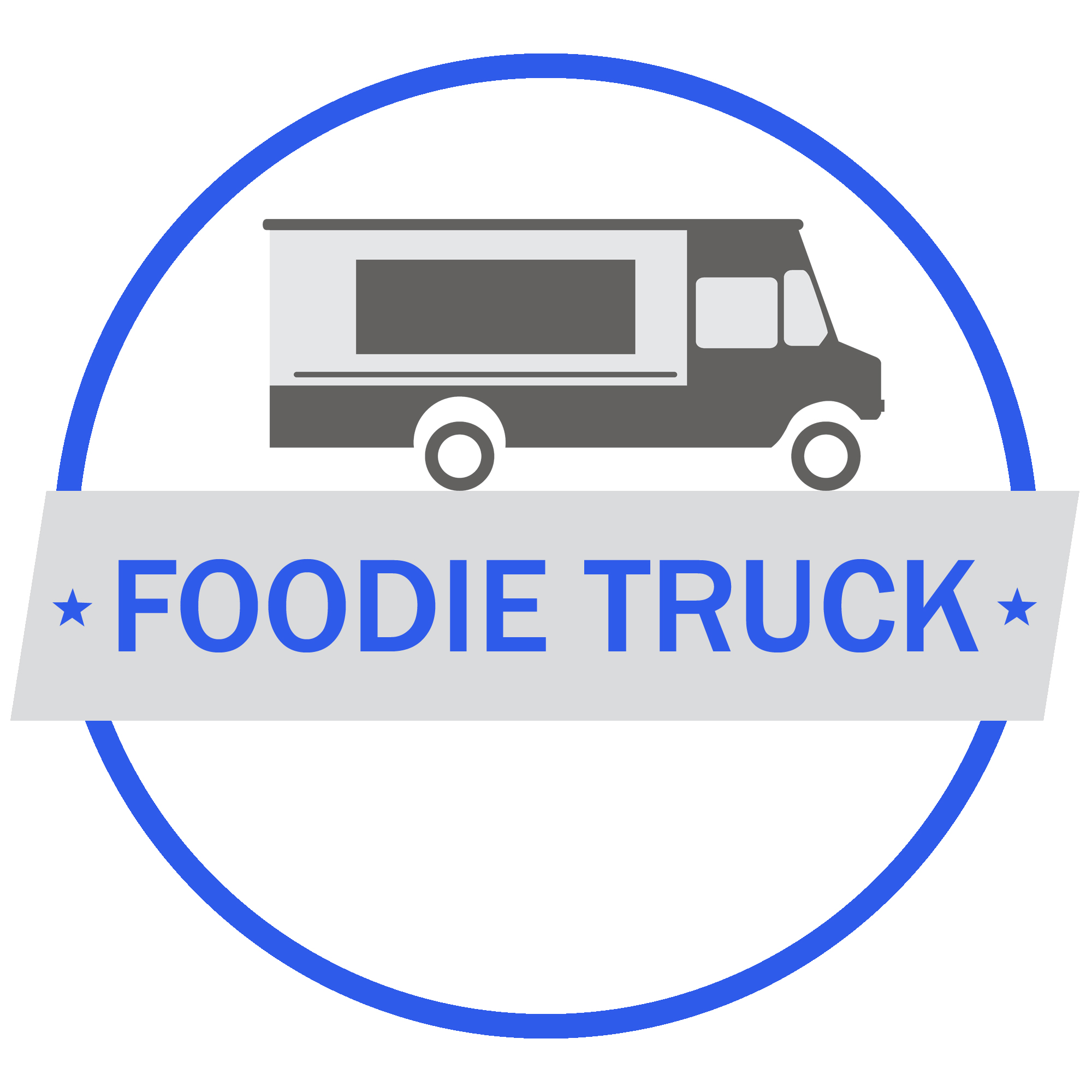Food trucks have long been a staple of street food culture, offering delicious, diverse, and convenient meals to people on the go. However, in recent years, they’ve evolved far beyond traditional fast food, embracing innovation and adapting to changing consumer preferences. As we step into 2025, food trucks are proving to be the future of street food by incorporating cutting-edge technology, sustainability, and unique culinary experiences. Here are some key trends shaping the food truck industry this year.
1. Tech-Driven Ordering and Payments
Gone are the days of waiting in long lines to place an order at your favorite food truck. The rise of digital ordering platforms, mobile apps, and contactless payments has made the process faster and more efficient. Many food trucks now offer pre-ordering through their own websites or apps, allowing customers to pick up their meals without the hassle of waiting. QR codes for menus and payments are also becoming the norm, ensuring a seamless transaction experience.
Additionally, AI-powered chatbots and automated SMS updates inform customers about real-time locations, estimated wait times, and special deals, making food trucks more accessible and convenient than ever before.
2. The Rise of Plant-Based and Vegan Menus
Consumers are increasingly looking for plant-based, vegan, and vegetarian options, and food trucks are leading the way in providing creative and flavorful meat-free alternatives. Whether it’s jackfruit tacos, plant-based burgers, or dairy-free desserts, these trucks cater to health-conscious and environmentally aware customers.
Beyond just offering vegan dishes, many food trucks are also sourcing locally grown ingredients and reducing their carbon footprint by eliminating single-use plastics. Sustainability is no longer just a trend—it’s a necessity, and food trucks are setting the standard.
3. Fusion Cuisine and Global Flavors
Food trucks have always been known for their ability to experiment with bold and exciting flavors, and 2025 is no different. This year, fusion cuisine continues to gain popularity, blending elements from different cultures into mouthwatering dishes. Think sushi burritos, Korean BBQ tacos, or Mediterranean-inspired rice bowls.
Street food lovers are becoming more adventurous, seeking out authentic and innovative global flavors. Thanks to food trucks, customers can explore world cuisines without booking a plane ticket.
4. Ghost Kitchens and Food Truck Collaborations
Ghost kitchens—restaurants that operate solely for delivery or pickup—are teaming up with food trucks to expand their reach. Some food trucks now use ghost kitchens as prep stations, allowing them to streamline operations and serve a wider audience.
Additionally, collaborations between food trucks and established restaurants are becoming more common. Pop-up events, limited-time menu partnerships, and rotating food truck residencies help bring unique dining experiences to different neighborhoods. This flexibility allows food entrepreneurs to test new menu items without committing to a permanent location.
5. Health-Conscious and Functional Foods
People are becoming more mindful of what they eat, and food trucks are keeping up with the demand for health-conscious options. From keto-friendly meals to protein-packed smoothie bowls, functional foods that provide nutritional benefits are gaining popularity.
Many food trucks are also incorporating superfoods like turmeric, spirulina, and adaptogens into their dishes, appealing to customers who want meals that not only taste great but also contribute to their overall well-being.
6. Sustainability and Eco-Friendly Practices
Sustainability is at the forefront of the food truck industry. In 2025, more food trucks are adopting green practices such as:
- Using compostable or biodegradable packaging
- Partnering with local farms to reduce food miles
- Reducing food waste through innovative portion control
- Utilizing energy-efficient cooking equipment
These efforts help food trucks attract environmentally conscious customers while also reducing their overall impact on the planet.
7. Hyperlocal Ingredients and Seasonal Menus
Consumers are becoming more interested in where their food comes from, leading to a rise in hyperlocal ingredients. Food trucks are sourcing produce, meats, and dairy from nearby farms to create ultra-fresh, seasonal menus.
Seasonal specials not only support local agriculture but also keep the menu exciting and dynamic. Whether it’s summer berry desserts or hearty winter stews, food trucks are capitalizing on seasonal flavors to keep customers coming back for more.
8. Social Media and Influencer Marketing
In 2025, a strong online presence is essential for food truck success. Many food trucks are leveraging social media platforms like Instagram, TikTok, and Facebook to share their locations, showcase new menu items, and engage with their audience.
Food influencers and bloggers also play a huge role in promoting food trucks, with viral videos and posts often leading to long lines and sold-out dishes. By creating visually appealing dishes and interactive content, food trucks can generate buzz and build a loyal following.
Conclusion: The Future is Mobile
Food trucks have always represented innovation, adaptability, and accessibility in the food industry. In 2025, they are leading the way with tech-driven convenience, sustainable practices, and diverse, high-quality menus that rival traditional restaurants. As consumers continue to seek unique dining experiences, food trucks are proving to be more than just a trend—they are the future of street food.
Whether you’re a foodie searching for the next big flavor or a food truck owner looking to stay ahead of industry trends, there’s never been a better time to embrace the mobile food revolution. Keep an eye on these exciting developments and get ready to enjoy the best food truck dining experience yet!




